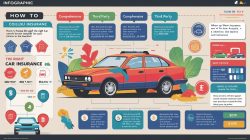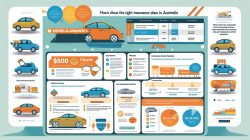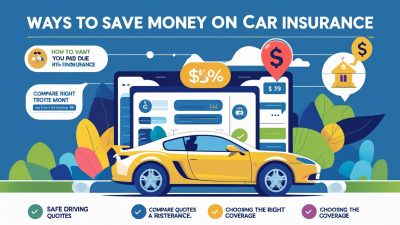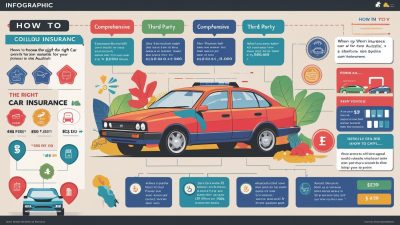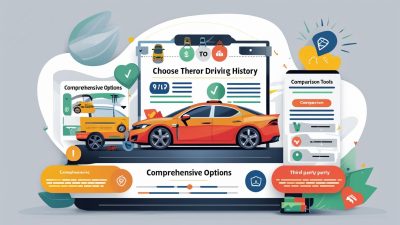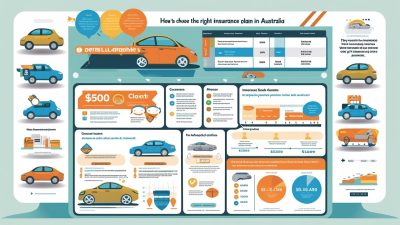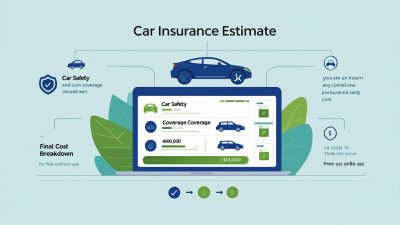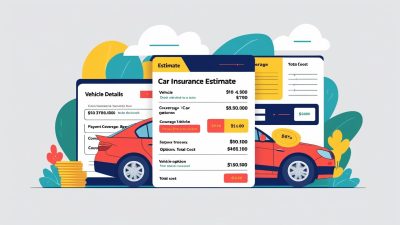Is Car Insurance Legally Required in Australia?
Bloggerbanyumas.com – In Australia, owning and operating a vehicle on public roads comes with certain legal obligations. One of the most important of these obligations is car insurance. However, many Australians may not fully understand the ins and outs of car insurance requirements, especially when it comes to the mandatory coverage for drivers. The legal landscape surrounding car insurance in Australia is shaped by a blend of state, territory, and national regulations, making it essential for car owners to understand which insurance types are legally required and which are optional.
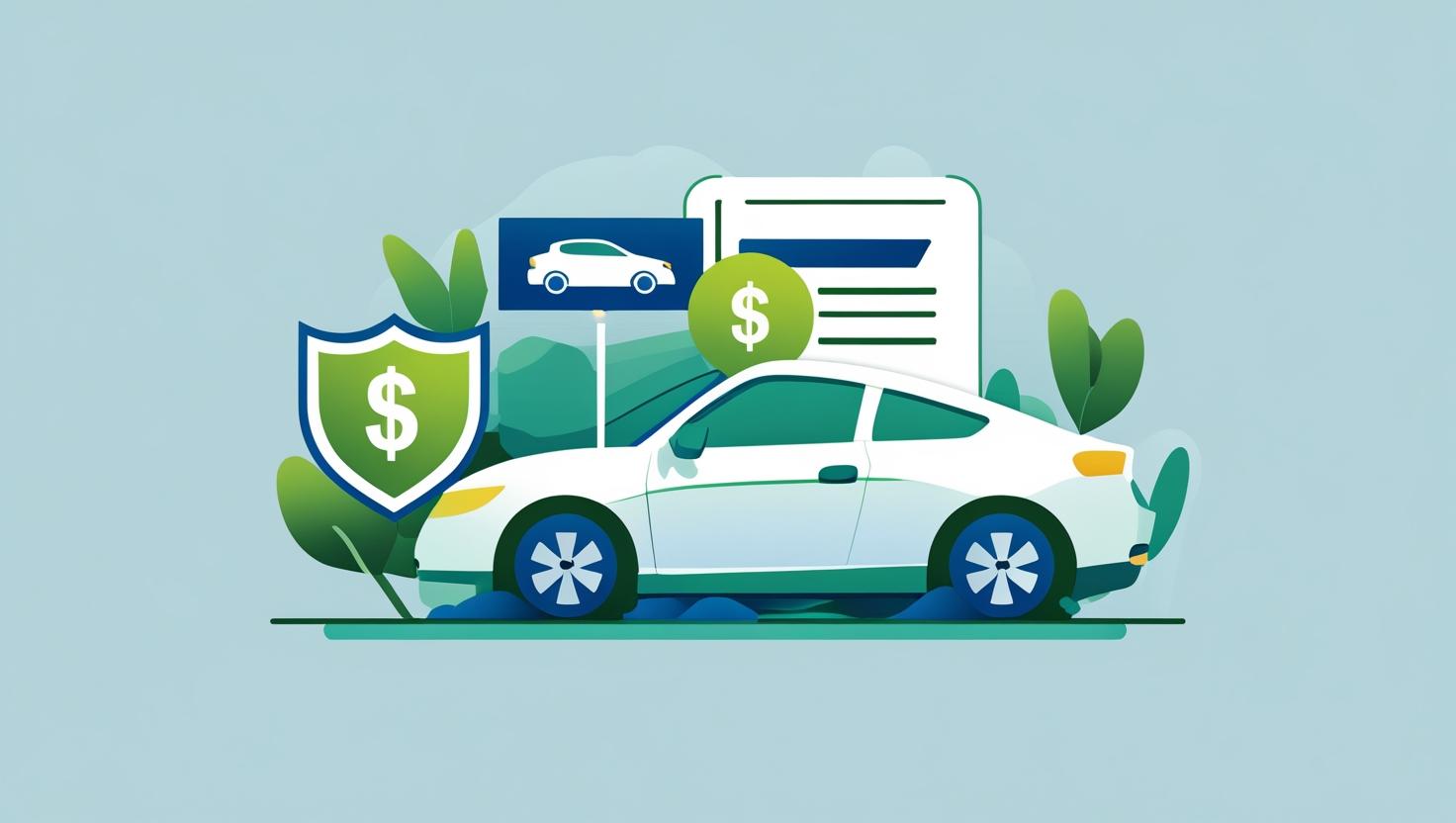
As we approach 2025, it is crucial to understand the various facets of car insurance laws in Australia. This article will provide a detailed and comprehensive guide to what types of car insurance are legally required in Australia, the nuances of compulsory insurance, and the impact of state-based regulations. Whether you’re a new driver, someone looking to update your policy, or simply interested in understanding the legal requirements, this article will equip you with all the information you need.
Understanding Car Insurance Requirements in Australia
1. Compulsory Third-Party (CTP) Insurance
Compulsory Third-Party (CTP) insurance is the only form of car insurance that is legally required in Australia. This insurance covers the costs associated with injuries to other people in the event of an accident. CTP insurance, often referred to as a “green slip” in New South Wales, covers medical expenses, lost wages, and other costs for people who are injured in an accident where you are at fault.
Key Features of CTP Insurance:
- Injury Liability: CTP insurance covers the injuries sustained by other people in an accident you cause. This includes passengers in your car, drivers, pedestrians, and other road users.
- Legal Protection: If the injured parties decide to sue for compensation, CTP insurance helps cover your legal expenses and any compensation claims.
- Mandatory for Vehicle Registration: CTP insurance is compulsory for all vehicles registered in Australia. Without it, you cannot legally register your vehicle, effectively preventing you from driving.
In most states and territories, CTP insurance is a prerequisite for registering your vehicle. It ensures that drivers are financially protected against injury claims but does not cover damage to vehicles or property. For this reason, CTP insurance must be purchased as part of your vehicle registration process.
State-Based Variations:
- New South Wales (NSW): Known as the “green slip,” CTP insurance in NSW covers both injury compensation and a limited number of additional benefits like legal fees.
- Queensland: CTP insurance is also a requirement, and Queensland residents have access to several government-funded compensation options for injured parties.
- Victoria: In Victoria, CTP is included in the vehicle registration cost, and the government is responsible for the distribution of compensation.
2. Is Comprehensive Car Insurance Legally Required?
While CTP insurance is mandatory, comprehensive car insurance is not required by law in Australia. Comprehensive insurance covers a wide range of events, including accidental damage to your own vehicle, theft, fire, natural disasters, and more. However, the law does not mandate that drivers purchase this type of coverage.
Comprehensive Car Insurance:
- Coverage Scope: Comprehensive insurance provides the most extensive coverage, including both your vehicle and third-party property damage. It is ideal for drivers who want complete peace of mind, especially for new or high-value vehicles.
- Voluntary Purchase: While it offers superior protection, comprehensive insurance is optional and is not a legal requirement for all drivers. Many drivers opt for this policy to protect themselves from financial loss due to accidents, theft, or vandalism.
- Premium Costs: Comprehensive car insurance premiums tend to be higher than third-party insurance due to the wide coverage offered. However, for those with newer or expensive vehicles, the extra cost may be worthwhile.
3. Third-Party Property Damage Insurance
Third-party property damage insurance provides basic coverage for damage you may cause to someone else’s vehicle or property but does not cover your own vehicle in case of an accident. Like comprehensive insurance, third-party property damage insurance is not legally required, though it is an option for those seeking protection at a lower cost than comprehensive coverage.
Key Features of Third-Party Property Damage Insurance:
- Property Damage Coverage: If you cause an accident that damages another vehicle or property, this type of insurance will cover the repair or replacement costs.
- Lower Premiums: It is one of the more affordable insurance options, as it does not cover damage to your own vehicle.
- Not Legally Required: Unlike CTP insurance, third-party property damage insurance is optional, meaning drivers can choose to go without it if they prefer to save on premium costs.
This insurance is ideal for those with older cars or vehicles of lower value, as it provides basic liability coverage while avoiding the higher costs associated with comprehensive insurance.
4. Third-Party, Fire, and Theft Insurance
This type of insurance combines third-party property damage coverage with added protection in case your car is stolen or damaged by fire. While it offers more protection than third-party property damage insurance, it still doesn’t cover the cost of repairing your own vehicle after an accident. As with third-party property damage insurance, it is not legally required.
Key Features of Third-Party, Fire, and Theft Insurance:
- Comprehensive Coverage for External Risks: This policy covers damage caused by theft or fire, as well as third-party property damage. It’s a good middle-ground option for drivers who want a bit more coverage without paying for comprehensive insurance.
- Affordable: Compared to comprehensive insurance, third-party, fire, and theft policies are generally more affordable while providing increased coverage compared to basic third-party insurance.
- Optional: This insurance is available as an optional add-on for those who want more protection than third-party property damage insurance offers.
5. Is It Necessary to Have Comprehensive Coverage?
While comprehensive coverage is not legally required in Australia, it may be a good idea for drivers who own new or high-value vehicles. Comprehensive insurance provides extensive protection for your own car, including accidents, theft, and damage caused by natural events such as hailstorms or floods. It also covers third-party property damage, offering peace of mind that you are fully protected in the event of an accident.
When Should You Consider Comprehensive Insurance?
- For New Cars: If you drive a new or expensive car, comprehensive insurance is highly recommended to ensure you are financially protected.
- For Peace of Mind: Comprehensive insurance is ideal for those who want to avoid out-of-pocket expenses in the event of an accident, theft, or weather-related damage.
- If You Want Maximum Coverage: Comprehensive insurance is the best choice if you want the most extensive protection available, with fewer limitations than other insurance types.
However, the decision to purchase comprehensive insurance depends on your budget and the level of risk you are willing to take. For many drivers, especially those with older cars or limited budgets, third-party insurance may be sufficient.
Factors That Influence the Cost of Car Insurance in Australia
While understanding what insurance is legally required is crucial, it’s also important to know the factors that influence the cost of car insurance. In Australia, several variables impact the price of your car insurance premiums, and understanding these can help you find the best deal for your situation.
1. Vehicle Type and Value
The type, model, and value of your vehicle play a major role in determining your insurance premium. Newer and higher-value cars tend to attract higher premiums due to their higher replacement costs. Conversely, older vehicles with a lower value generally come with lower premiums.
2. Your Driving History
Insurance providers will assess your driving history when determining your premium. Drivers with a clean driving record and no previous claims will typically receive lower premiums, while those with a history of accidents or traffic violations may face higher costs.
3. Location
Where you live can significantly affect your insurance premium. Urban areas with higher rates of accidents, car theft, and vandalism tend to have higher premiums than rural areas. Insurance providers also consider the likelihood of natural disasters in your area, which can influence pricing.
4. Age and Experience
Young drivers and those with less driving experience are generally considered higher risk, which often results in higher premiums. As you gain more experience and build a clean driving record, your premiums will likely decrease over time.
5. No-Claim Bonus
Many insurers offer discounts for drivers who have a claims-free history, often referred to as a no-claim bonus. If you’re a safe driver, this can help reduce the cost of your premium. The longer you maintain a no-claim bonus, the higher your discount will be.
6. Excess Amount
The excess is the amount you agree to pay out of pocket when making a claim. Choosing a higher excess can lower your premium, but it also means you’ll need to pay more if you have to make a claim.
Conclusion
Car insurance in Australia is essential for all drivers, and while Compulsory Third-Party (CTP) insurance is legally required, other types of coverage such as comprehensive, third-party, fire, and theft insurance are optional. Understanding the legal requirements and the types of insurance available is vital for making informed decisions about your coverage. By considering factors such as your vehicle type, driving history, and budget, you can select the insurance policy that best suits your needs.
Whether you opt for the mandatory CTP insurance or choose to add comprehensive coverage, securing the right insurance policy will ensure that you are financially protected in the event of an accident, theft, or damage. It is always advisable to shop around, compare quotes, and review policy details before making a final decision.


